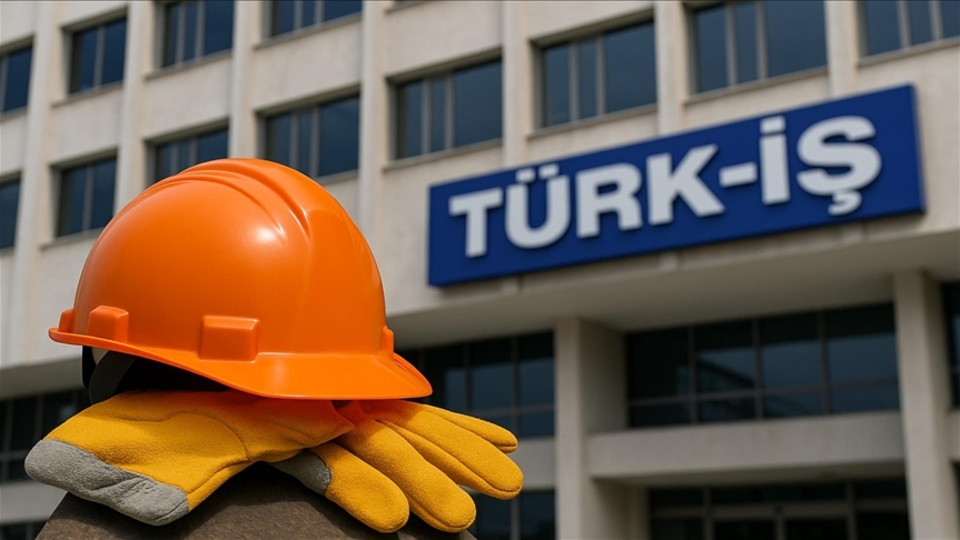
Chevron's Strong Growth Plan: Opportunities Awaiting Investors


Chemron's New Investment Strategy
Chemron (NYSE: CVX) outlined a five-year plan on Investor Day in New York, confidently clarifying its long-term outlook based on sustainable free cash flow growth, tighter capital spending, and enhanced efficiency. Management stated that this strategy could provide over 10% annual growth in adjusted free cash flow and earnings per share based on a $70 Brent price per barrel. CEO Mike Wirth emphasized that this is his strongest guidance of his career.
Chemron reduced its annual capital expenditure guidance for 2023 to a range of $18-21 billion, while forecasting a steady production growth of 2-3% annually until 2030. Additionally, it raised expected synergies related to Hess to $1.5 billion and set structural cost reduction targets of $3-4 billion by the end of 2026. The plan focuses on keeping the breakeven point below $50 Brent and increasing cash generation through a diversified portfolio.
Chemron continues to develop low-risk, high-confidence projects over the United States' shale gas, the Gulf of Mexico, and international assets, alongside its high-profile acquisitions it has maintained for years. Taking an early step in the use of AI-powered electricity, one of the fastest-growing segments of American energy demand, Chemron is moving towards a new energy business aimed at supplying data centers. This venture will begin with a special project in West Texas expected to come online in 2027.
Chemron's Downstream and Chemicals segment also expects growth. Two large chemical units planned to come online in 2027 are part of a broader repositioning aimed at solidifying cash flows throughout commodity cycles. The company emphasized that it will continue to provide cyclical earnings for investors, focusing on an annual $10-20 billion buyback program at $60-80 Brent prices, maintaining its best dividend growth in the last 25 years. Financial manager Eimear Bonner stated that strong free cash flow and a strengthened balance sheet support this plan.
Chemron highlighted its "pragmatic" strategy in new energies, noting that it is based on returns and the integration of existing strengths. Priority areas include renewable fuels, hydrogen, Carbon Capture and Storage (CCUS), lithium, and new energy business lines aimed at supporting the United States' AI infrastructure. Chemron argues that this approach eliminates application risks associated with large-scale renewable energy while ensuring alignment with evolving policies and demands.
Benzer Haberler
.png)
Yakında Tüm Platformlarda
Sizlere kesintisiz haber ve analizi en hızlı şekilde ulaştırmak için. Yakında tüm platformlarda...






.png)